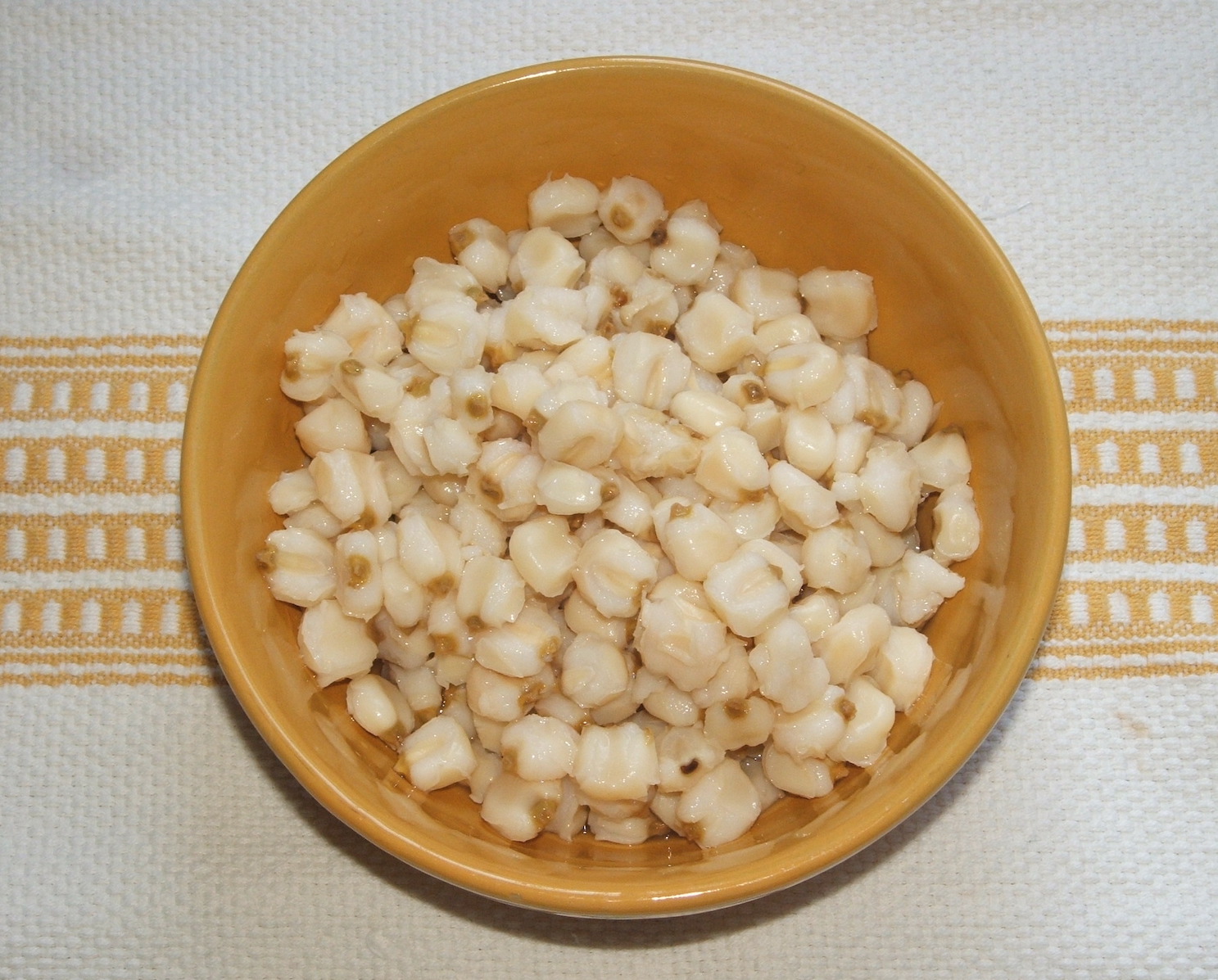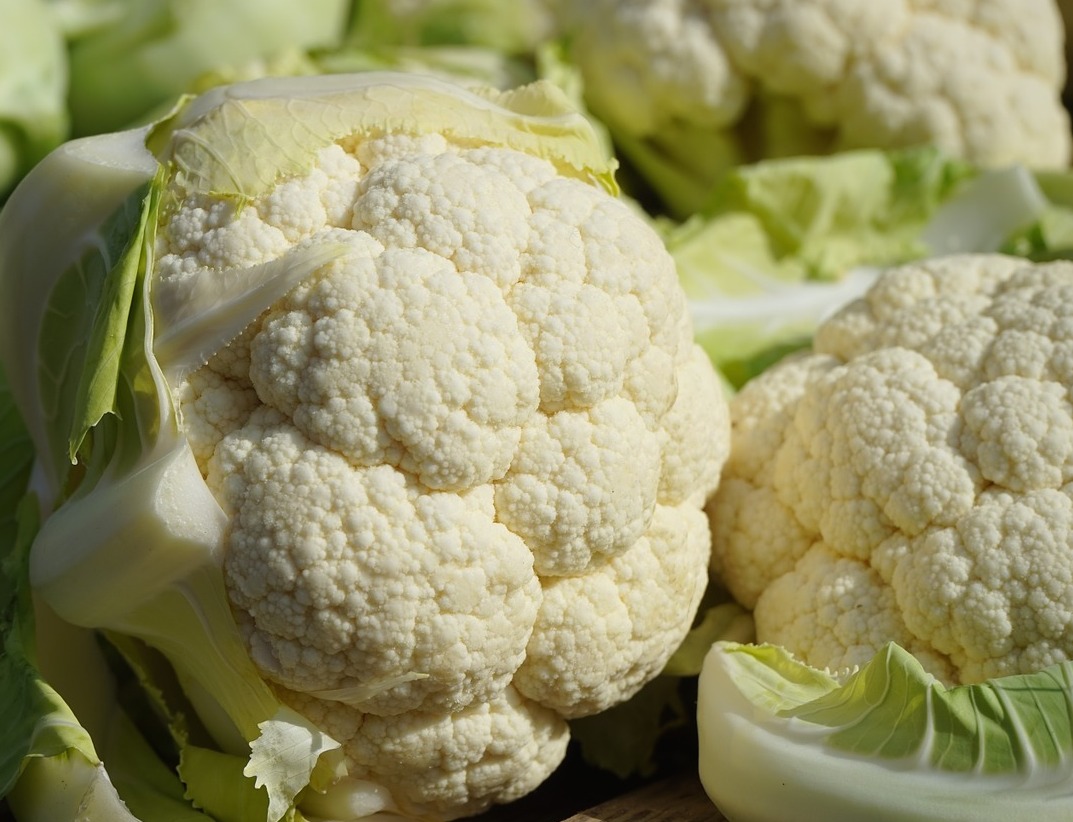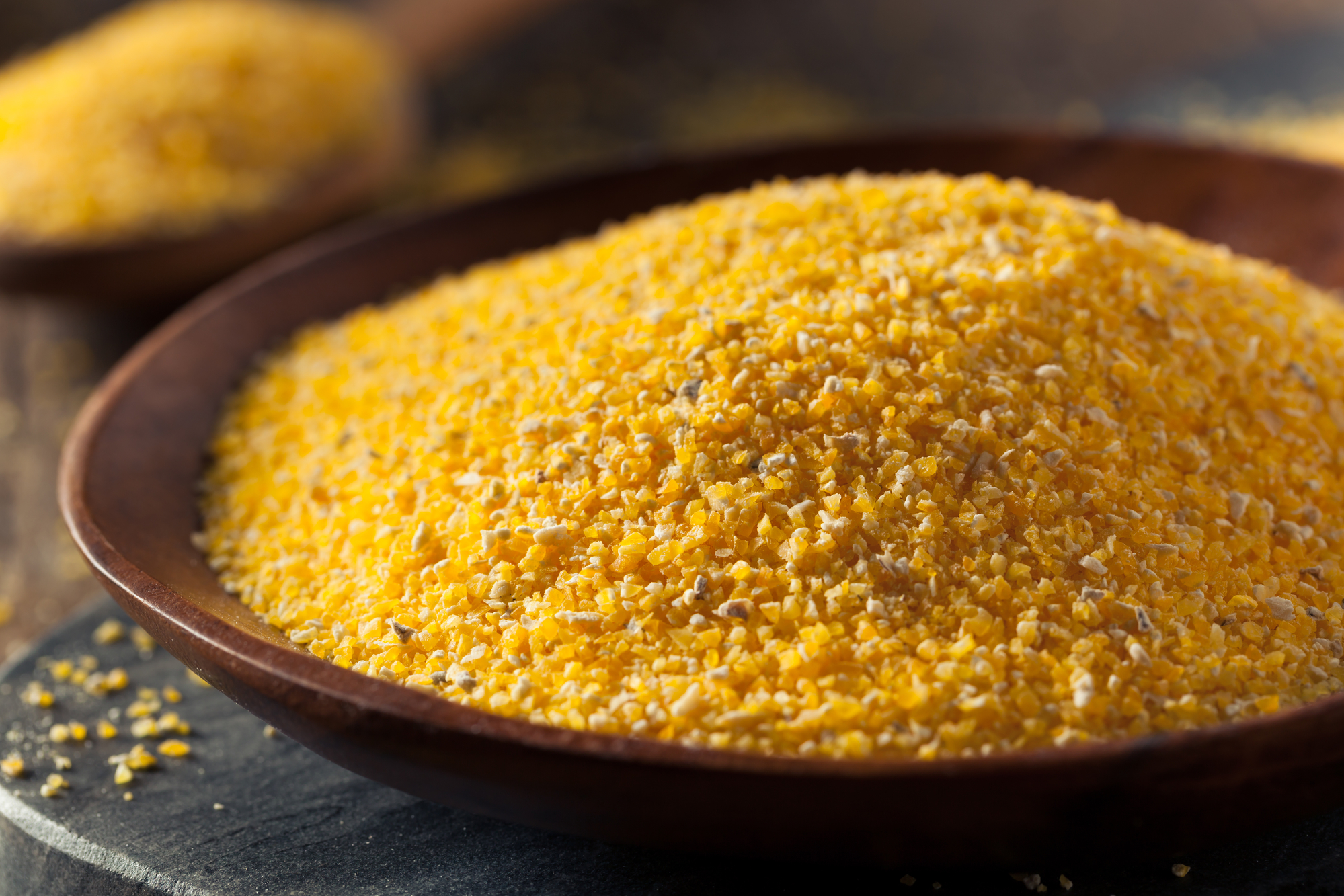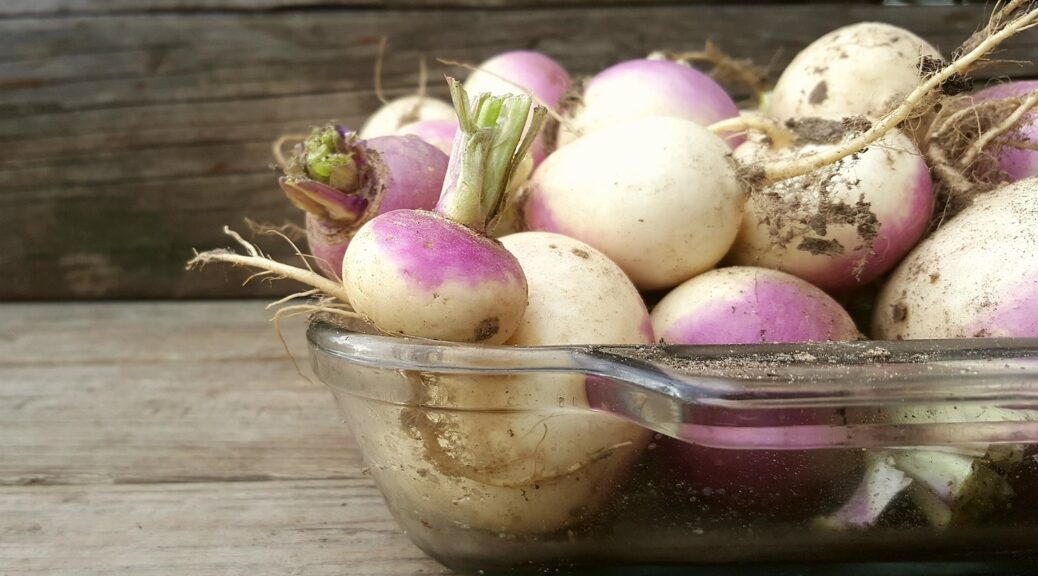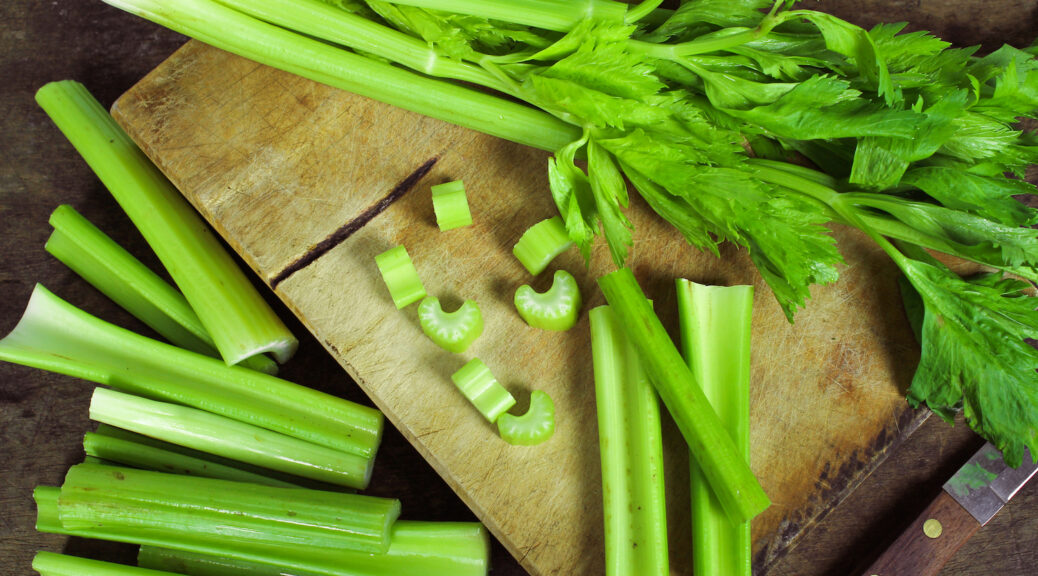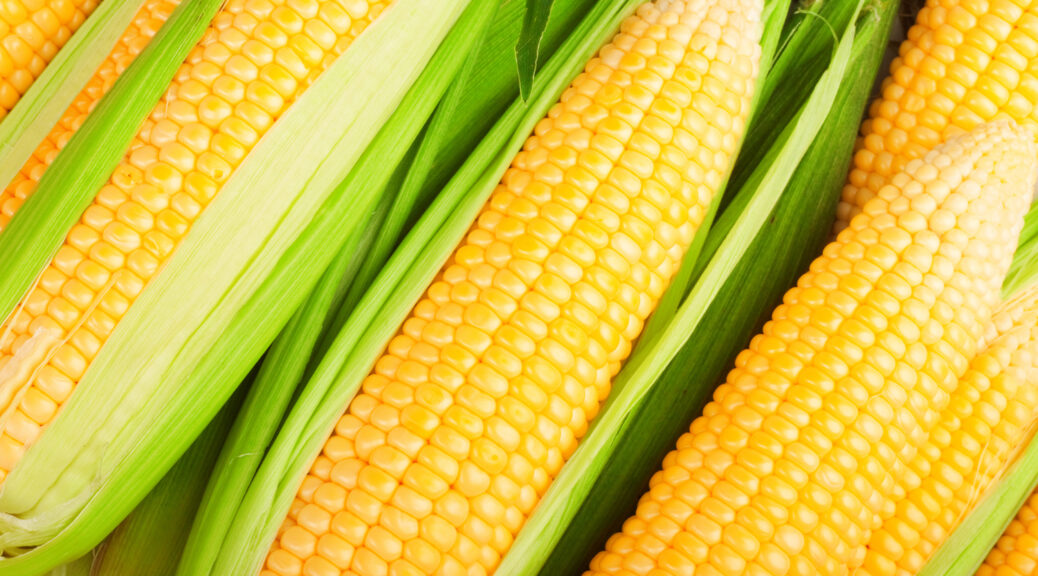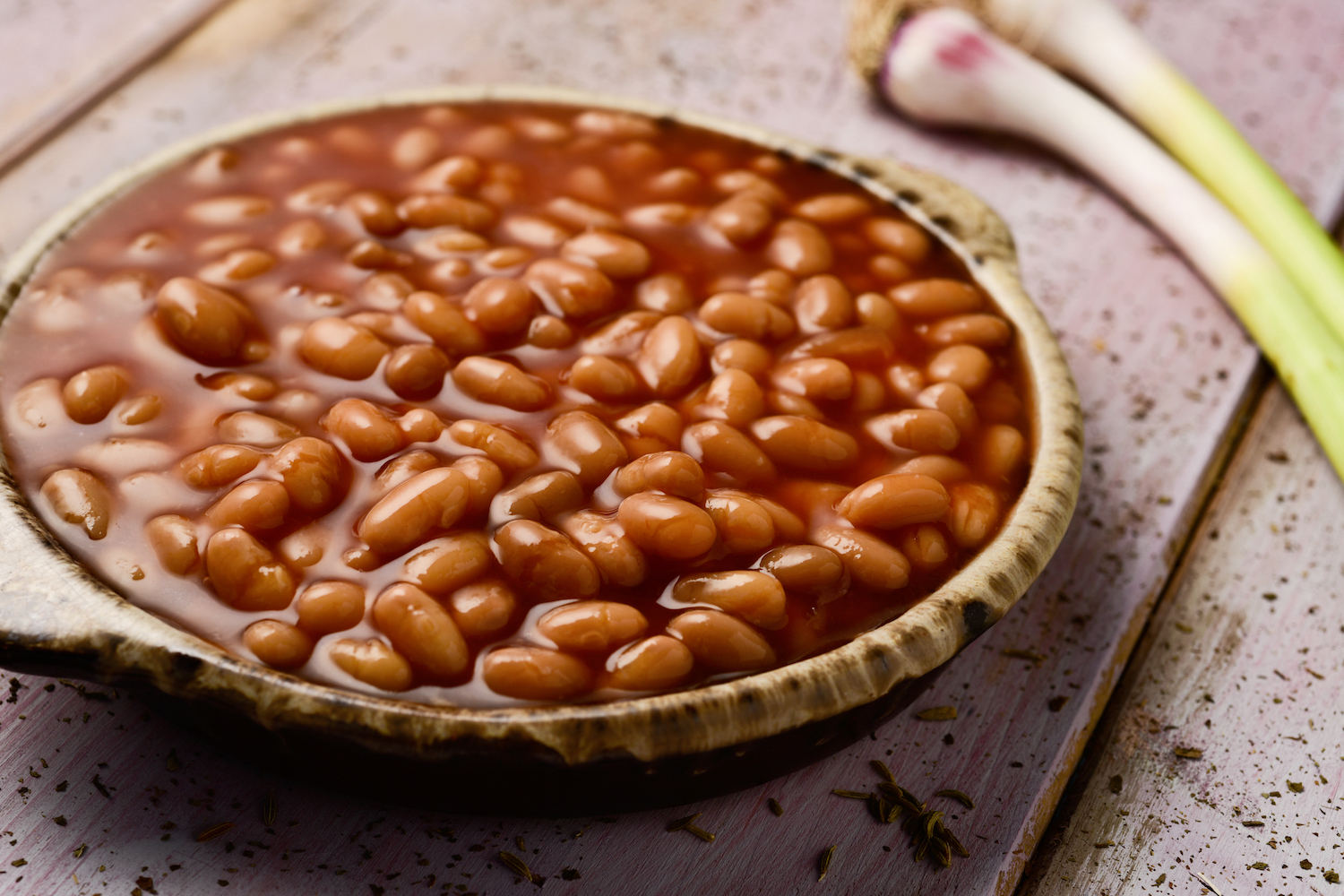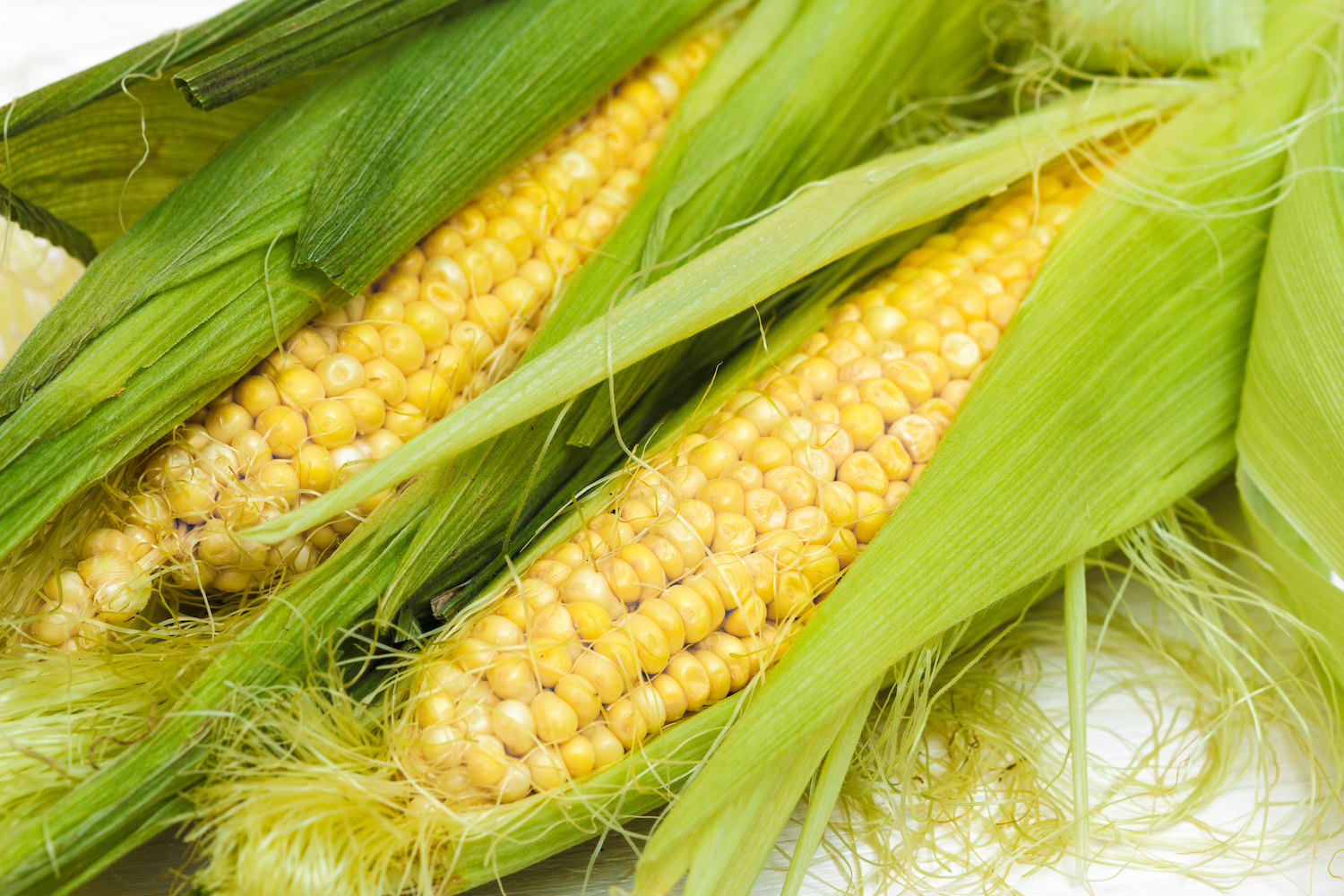The seeds of the maize plant, or Indian corn, are eaten as a vegetable when they are immature. They grow on a woody cob, and when they are green, they are soft and milky. But when they become ripe, they are hard and are then ground as grain.
When the contents of the kernels is still in the liquid form, the corn is at the milk stage, and generally considered to be too young for table use.
On the other hand, when the liquid in the kernels has become thickened, the corn, which is then at the dough stage, too old for use as a vegetable.
To be ideal for culinary purposes, it should be just between the milk and dough stages.
On the other hand, when the liquid in the kernels has become thickened, the corn, which is then at the dough stage, is thought to be too old for use as a vegetable.
To be ideal for culinary purposes, it should be just between the milk and dough stages. Then, if it is in good condition, a most satisfactory vegetable is the result.
